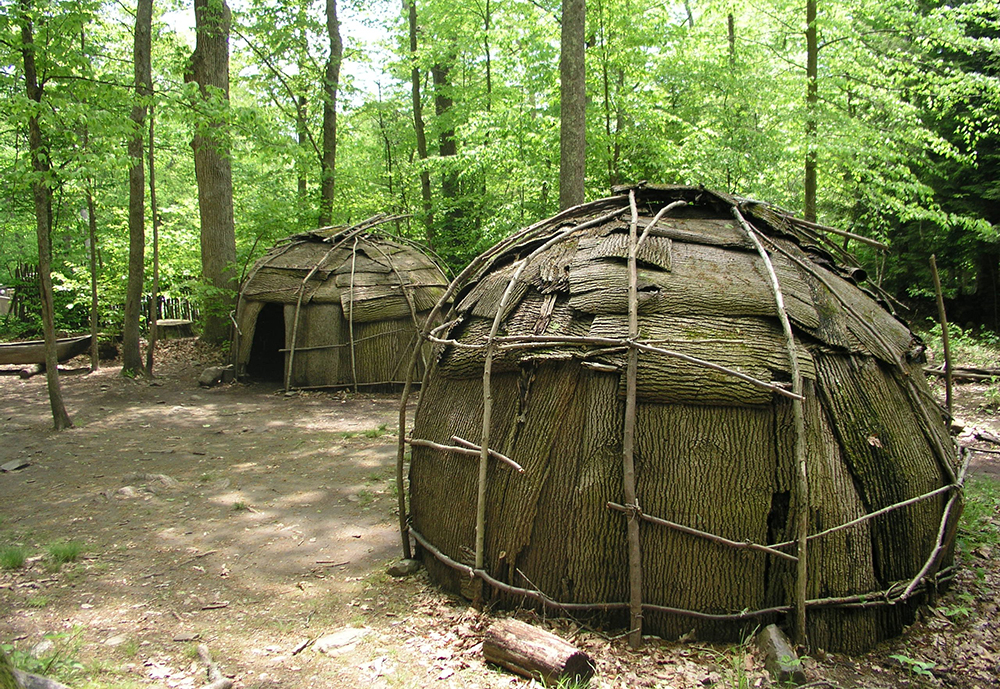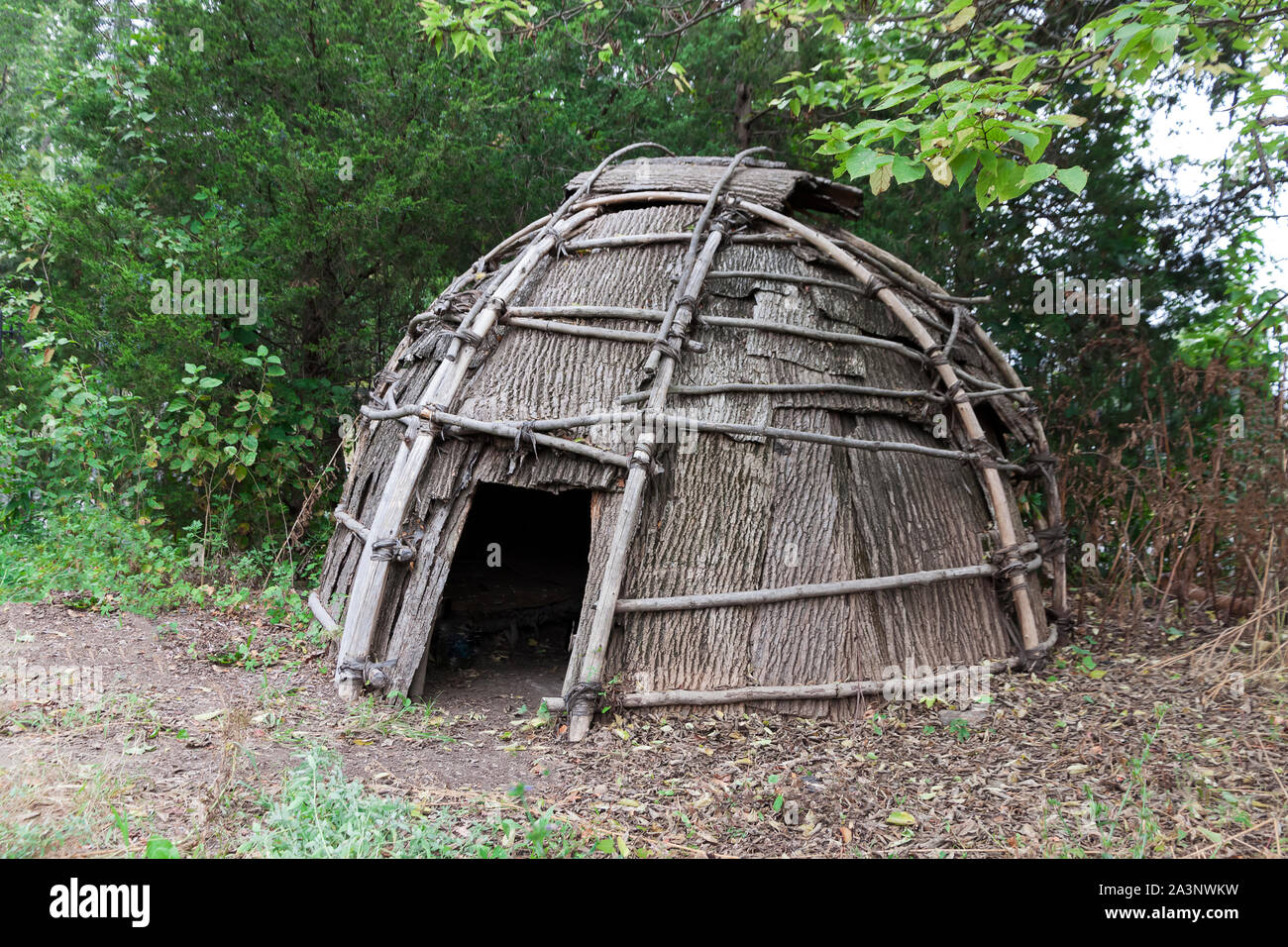
Beyond the Tipi: Unearthing the Enduring Legacy of the Wigwam, A Masterpiece of Indigenous Engineering
For many, the iconic image of Native American traditional shelters is the soaring, conical tipi, silhouetted against a vast prairie sky. While undeniably a powerful symbol of the nomadic Plains tribes, this ubiquitous image often overshadows another equally ingenious, yet vastly different, dwelling that served countless Indigenous peoples for millennia: the wigwam. More than just a simple hut, the wigwam was a marvel of sustainable architecture, a testament to deep ecological knowledge, and a warm, resilient heart of family and community life across the forested Eastern Woodlands of North America.
To understand the wigwam is to peel back layers of misconception and appreciate the diverse architectural genius of Native American cultures. Unlike the tipi, which was primarily designed for easy dismantling and transport by buffalo-hunting peoples across flat, open terrain, the wigwam was a semi-permanent or permanent structure, deeply rooted in the abundant resources of its forest environment. Its domed or elongated oval shape, often appearing as a gentle hump on the landscape, speaks to an intimate relationship with the land and its cycles.

The Anatomy of Ingenuity: Materials and Construction
The construction of a wigwam was a sophisticated process, a symphony of natural materials meticulously chosen and expertly assembled. The primary framework consisted of slender, flexible saplings – often birch, willow, elm, or oak – bent and lashed together to form a sturdy, self-supporting dome. These saplings, typically 10 to 15 feet long, were driven into the ground in a circular or oval pattern, then progressively bent inward and tied at their intersections, creating a strong, resilient skeleton. The elasticity of the green wood allowed for remarkable flexibility, enabling the structure to withstand strong winds and heavy snows.
"The wigwam was not just a shelter; it was an extension of the forest itself," explains Dr. Melinda Green, an ethnobotanist specializing in Indigenous technologies. "Every material was carefully selected for its properties – the flexibility of the saplings, the waterproofing of the bark, the insulating qualities of the mats. It’s a perfect example of design in harmony with nature."
Once the frame was established, the true artistry of the covering began. The most prized material was birch bark, a remarkably waterproof, lightweight, and durable material that could be harvested in large sheets without killing the tree. These sheets were carefully overlapped like shingles and sewn onto the frame using basswood fiber, animal sinew, or spruce root, creating an almost impenetrable barrier against rain and snow. In regions where birch bark was scarce, other materials like cattail mats, rush mats, woven grass, or even large animal hides (though less common than in tipi construction) were used, providing excellent insulation and protection.
A smoke hole, often adjustable with a flap, was left at the apex of the dome, allowing smoke from the central fire pit to escape while minimizing heat loss. A single low entrance, usually covered by a hide or woven mat, completed the structure, providing privacy and warmth. The entire process, from harvesting materials to erecting the dwelling, could often be completed in a matter of days by a skilled family or community, showcasing an impressive efficiency.
A Home and a Heart: Life Within the Dome
Stepping inside a wigwam was to enter a realm of warmth, comfort, and community. The interior was typically organized around a central fire pit, its smoke rising gracefully towards the opening above. The floor, often covered with woven mats or animal furs, provided insulation and comfort. Raised sleeping platforms, sometimes built along the perimeter, kept inhabitants off the cold ground, providing additional warmth and storage space underneath. Belongings – tools, clothing, dried foods, and ceremonial objects – were neatly stored or hung from the frame.
The size of wigwams varied significantly depending on their purpose and the size of the family or community they housed. Smaller wigwams, perhaps 8-10 feet in diameter, might serve a single nuclear family or a hunting party. Larger structures, some extending 20-30 feet in length (often referred to as "longhouses" in certain Iroquoian traditions, though their construction differed slightly from the typical domed wigwam, sharing the flexible pole framework), could accommodate multiple families, serve as communal meeting places, or even house ceremonial activities.

Life within the wigwam was rich with daily routines, storytelling, and the strong bonds of kinship. The fire was not just for warmth; it was the focal point, the source of light, and the means for cooking. The rounded shape of the wigwam facilitated efficient heating, trapping warmth and distributing it evenly. In summer, coverings could be partially removed or lifted to allow for better ventilation, adapting the dwelling to changing seasons.
Beyond the Eastern Woodlands: A Family of Shelters
While the term "wigwam" is most commonly associated with the Algonquian-speaking peoples of the Eastern Woodlands – tribes such as the Wampanoag, Narragansett, Ojibwe, Lenape, and Potawatomi – similar domed or oval structures were employed by Indigenous groups across diverse regions of North America, adapted to local materials and climatic conditions. The "wickiup" of the Southwest, used by Apache and Ute peoples, shares a similar flexible pole framework but often utilizes brush, grass, or hides for covering due to the arid environment. The "wetun" of the Wampanoag is a specific type of wigwam, often elongated. These variations underscore the universal ingenuity of Indigenous peoples in utilizing their immediate environment to create functional and culturally significant dwellings.
It is crucial to emphasize the distinction between the wigwam and the tipi. The tipi, with its tall, conical shape and reliance on large buffalo hides, was the perfect solution for the highly mobile, bison-hunting cultures of the Great Plains. Its design allowed for rapid assembly and disassembly, and its portability was paramount. The wigwam, conversely, was built for a more settled existence in resource-rich forest environments, where material availability and the need for durable, insulated shelter were key. Conflating the two not only erases the distinct cultural practices of different Indigenous nations but also overlooks the sophisticated environmental adaptations inherent in each design.
Enduring Legacy and Modern Relevance
The wigwam is more than a historical artifact; it is a living symbol of Indigenous resilience, cultural continuity, and sustainable living. Its design embodies principles that resonate deeply with contemporary concerns about environmental impact and energy efficiency. The use of locally sourced, renewable materials, the passive heating and cooling properties, and the minimal ecological footprint of a wigwam offer invaluable lessons for modern architects and environmentalists.
Today, efforts are underway to preserve and revitalize the knowledge of wigwam construction. Living history museums, cultural centers, and tribal organizations across the Eastern Woodlands are teaching younger generations the ancient skills of their ancestors. These initiatives are not merely about recreating historical structures; they are about connecting with heritage, fostering cultural pride, and transmitting vital knowledge about sustainable living and ecological stewardship.
As Frank King, a descendant of the Penobscot Nation, once remarked, "Our homes, whether they were wigwams or longhouses, were not just places to sleep. They were sacred spaces, built with respect for the land and for each other. They taught us how to live in balance."
In an age dominated by concrete and steel, the wigwam stands as a humble yet profound testament to human ingenuity and harmony with nature. It reminds us that true innovation often lies not in conquering the environment, but in understanding it, adapting to it, and crafting solutions that are as enduring as the forests from which they came. The wigwam, in its quiet dignity, continues to whisper tales of a resourceful past, offering timeless lessons for a sustainable future.


